Takalau Tree
- November 7, 2024
- 0 comment
The Takalau Tree, scientifically known as Miliusa vidalii J Sinclair, is a valuable yet lesser-known species with significant ecological importance. Found primarily in certain regions of Southeast Asia, this tree contributes to local biodiversity and plays an important role in forest ecosystems.

It offers essential ecological benefits, including soil stabilization, habitat provision, and support for a wide variety of species. Its inclusion in the botanical family Annonaceae underscores its role in supporting biodiversity in tropical regions.
What Is a Takalau Tree?
The Takalau Tree, Miliusa vidalii, belongs to the Annonaceae family, which is well-regarded for its contribution to tropical forest ecosystems. Characterized by smooth, ovate leaves, this medium-sized tree has a unique, somewhat glossy bark and produces attractive flowers that are small but fragrant, often yellow or white.
| Characteristics | Description |
|---|---|
| Species | Takalau Tree (Miliusa vidalii J Sinclair) |
| Common Names | Takalau Tree |
| Lifespan | Can live for several decades |
| Location | Found in Southeast Asia, especially in the Philippines |
| Height | Typically grows up to 10-15 meters |
| Leaves | Smooth, ovate, and dark green |
| Flowers | Small, yellow or white, and fragrant |
| Ecological Role | Enhances soil health, prevents erosion, supports biodiversity |
| Cultural Importance | Valued in traditional practices and forest conservation |
| Adaptability | Thrives in tropical, humid climates and well-drained soil |
| Wildlife Support | Provides food and habitat for birds, insects, and small mammals |
| Economic Use | Used for timber and traditional medicines |
| Pollination | Attracts bees and insects, essential for ecosystem health |
| Symbolic Meaning | Represents ecological balance and biodiversity conservation |
The Takalau Tree’s fruit is equally notable; while small, it serves as an important food source for birds and insects. In addition to providing nutrients, it also contributes to soil health through leaf litter that decomposes efficiently, enriching the soil and promoting a healthy forest floor. Interestingly, these trees can have relatively long lifespans, making them enduring fixtures in their ecosystems.
Different Types of Takalau Tree Species
While Miliusa vidalii is a prominent species, the Takalau Tree includes several varieties within the Miliusa genus. Each species may vary slightly in appearance, size, and habitat preference:
Miliusa Vidalii
Commonly found in tropical rainforests, it is recognized for its lush foliage and role in supporting native wildlife.


Miliusa Tomentosa
Known for its slightly larger leaves and flowers, this species often thrives in subtropical climates.
Miliusa Horsfieldii
Smaller in size, this species is more adaptable to drier climates.

Each species has a unique ecological significance, from supporting wildlife to contributing to soil stability, which makes them valuable in their respective regions.
Where Do Takalau Trees Grow?
The Takalau Tree is native to tropical and subtropical forests in Southeast Asia, with a distribution that spans countries like the Philippines, Indonesia, and parts of Malaysia. Preferring moist, well-drained soils, it often grows along forest edges or in areas with rich organic matter.
These trees have adapted well to high humidity and can tolerate a range of temperatures, although they prefer warm, tropical climates. Takalau Trees contribute to soil health, stabilize the forest floor, and provide shade, which aids in maintaining the moisture necessary for understory plants.
How to Grow and Care for Takalau Tree
Growing a Takalau Tree in a home garden requires the right conditions to mimic its natural tropical habitat. Here are some key care instructions:

- Soil: Well-drained, slightly acidic soil rich in organic matter is ideal.
- Water: Regular watering is essential, especially in dry seasons. These trees need moderate water levels but should not be overwatered.
- Sunlight: Partial to full sunlight is best for optimal growth.
Propagation of the Takalau Tree can be done from seeds, which should be planted in a warm, moist environment to encourage germination. Once established, regular pruning helps maintain its shape, while pest control measures should be taken if signs of infestation appear.
Ecological Benefits of Takalau Tree
The Takalau Tree provides numerous benefits to its ecosystem:
- Soil Improvement: Its leaf litter decomposes and adds nutrients to the soil, enhancing its fertility and structure.
- Erosion Prevention: With a strong root system, this tree helps anchor the soil, reducing erosion in tropical regions prone to heavy rains.
- Biodiversity Support: The tree’s branches and foliage provide shelter, while its flowers and fruit offer food resources for insects, birds, and other forest wildlife.
These functions help the Takalau Tree maintain a healthy, balanced ecosystem, promoting growth in surrounding plants and attracting a variety of animal species.
Takalau Tree Flowering and Pollination
The Takalau Tree typically blooms in the early tropical growing season. Its flowers, small and fragrant, are often white or pale yellow, making them attractive to pollinators. The scent and shape of the flowers draw bees and other insects, which play a vital role in pollinating the tree and enabling fruit production. This pollination is critical for the reproduction of the species and supports the forest’s ecological cycle by providing a dependable food source for local wildlife.
Is the Takalau Tree Drought-Tolerant?
Although it thrives in humid conditions, the Takalau Tree has moderate drought tolerance. Its leaves can withstand periods of reduced water, although prolonged drought can stress the tree. In drier regions, it is best to plant it in partially shaded areas to minimize water loss. If grown in regions with limited rainfall, supplemental watering and mulching around the base can help retain soil moisture.
Takalau Tree and Wildlife Interactions
The Takalau Tree has a symbiotic relationship with various wildlife species. Birds, for example, rely on the tree’s fruits for sustenance, while small mammals and insects find shelter in its dense foliage. In some cases, certain bird species aid the tree’s pollination process by moving pollen between flowers. This mutualistic relationship between the Takalau Tree and its local wildlife creates a stable, interconnected ecosystem, benefiting the biodiversity of the entire forest.
Conclusions
The Takalau Tree, Miliusa vidalii, serves as a cornerstone of tropical forest ecosystems. Its unique role in soil health, erosion prevention, and support for biodiversity makes it essential for the sustainability of its natural habitat. Beyond its ecological contributions, the Takalau Tree represents the intricate balance of tropical ecosystems, highlighting why conservation and preservation of such species are critical to environmental health. By supporting native wildlife and enhancing soil conditions, the Takalau Tree is a vital resource that underscores the importance of preserving biodiversity for future generations.
Frequently Asked Questions (FAQs)
- What is the scientific name of the Takalau Tree?
The Takalau Tree is scientifically known as Miliusa vidalii J Sinclair. - Where is the Takalau Tree commonly found?
It is native to tropical and subtropical forests in Southeast Asia, including the Philippines and Indonesia. - What are the main characteristics of the Takalau Tree?
It features smooth, ovate leaves, fragrant small flowers, and produces fruit that supports wildlife. - How does the Takalau Tree benefit the ecosystem?
It improves soil health, prevents erosion, and supports biodiversity by providing food and habitat for wildlife. - Can the Takalau Tree grow in dry conditions?
Yes, it has moderate drought tolerance but thrives best in humid, tropical climates. - What animals rely on the Takalau Tree?
Birds, insects, and small mammals use it for food and shelter, playing a role in pollination and seed dispersal. - How can you grow and care for a Takalau Tree?
Plant it in well-drained soil with adequate sunlight and regular watering, and propagate through seeds or cuttings. - When does the Takalau Tree flower?
It typically blooms in the early growing season with small, fragrant, yellow or white flowers.


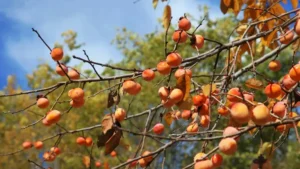
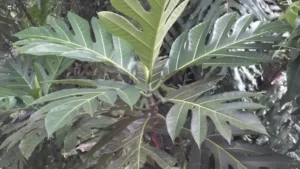



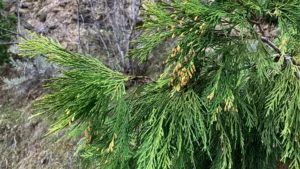
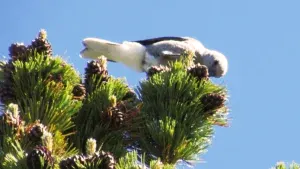

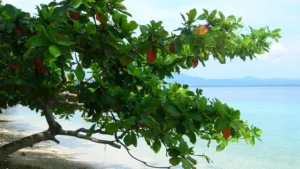
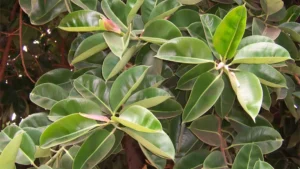
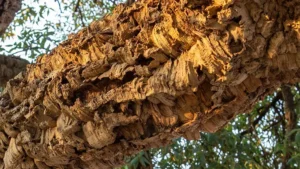
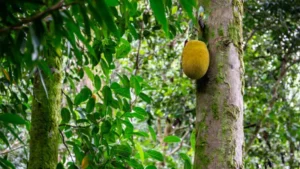
Leave your comment